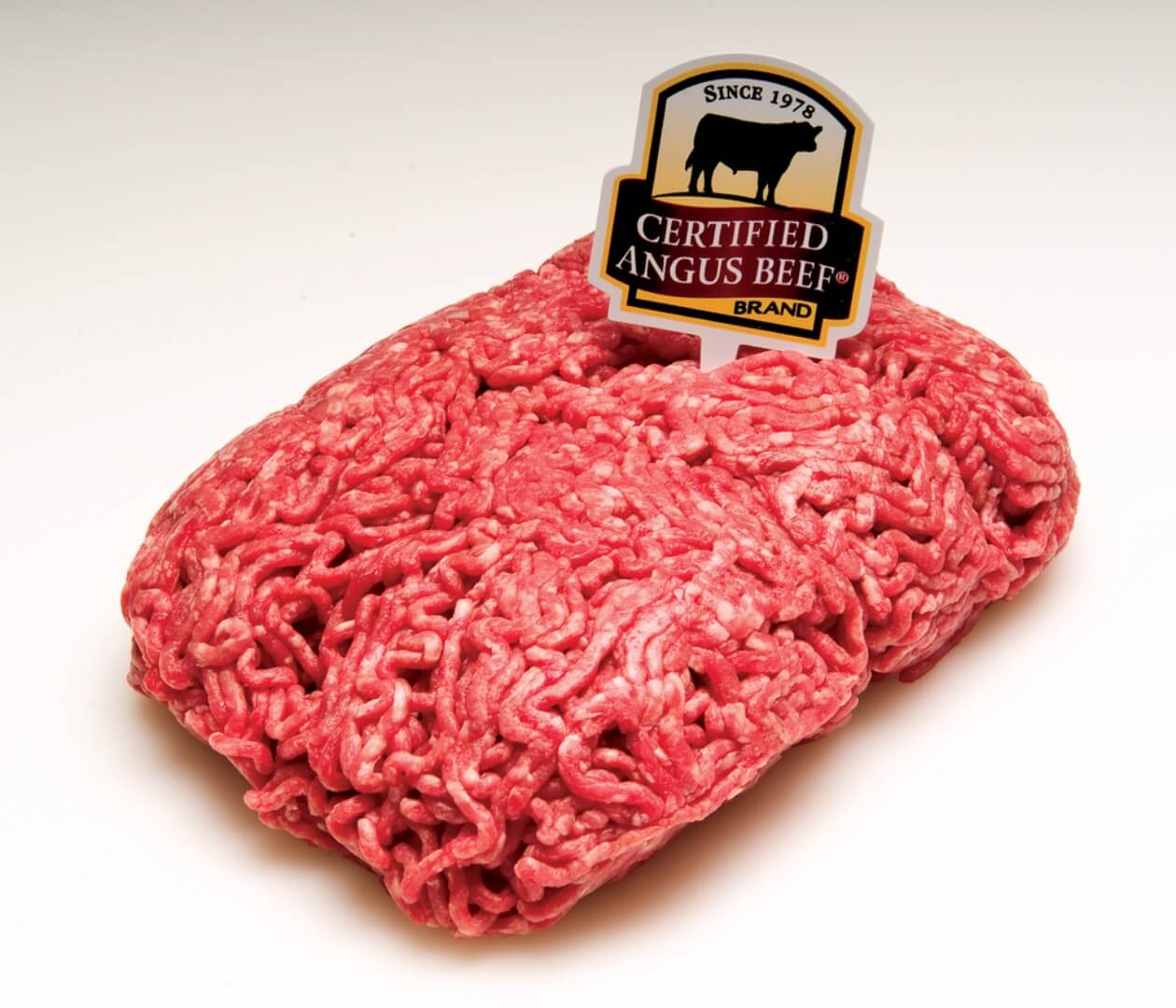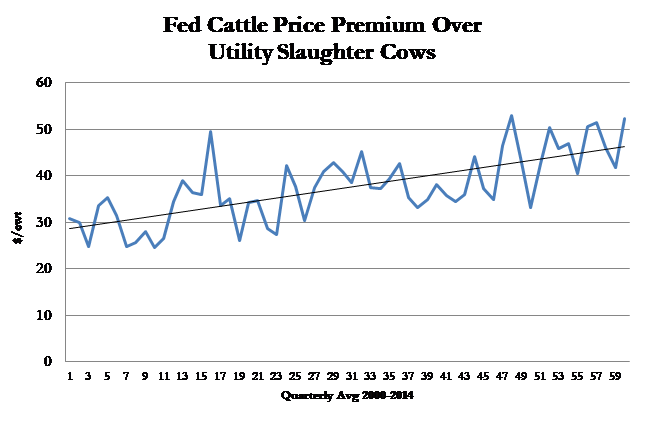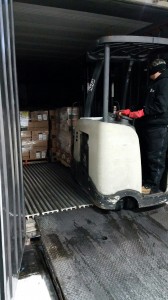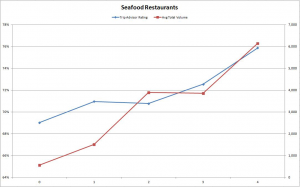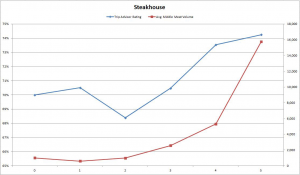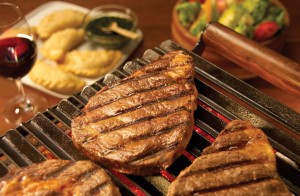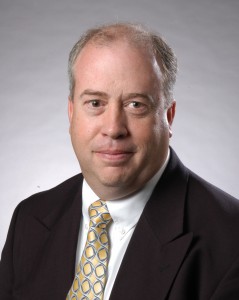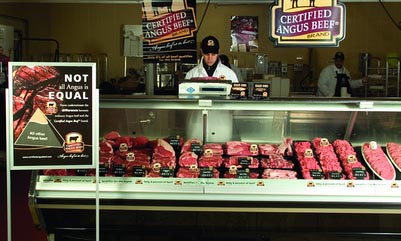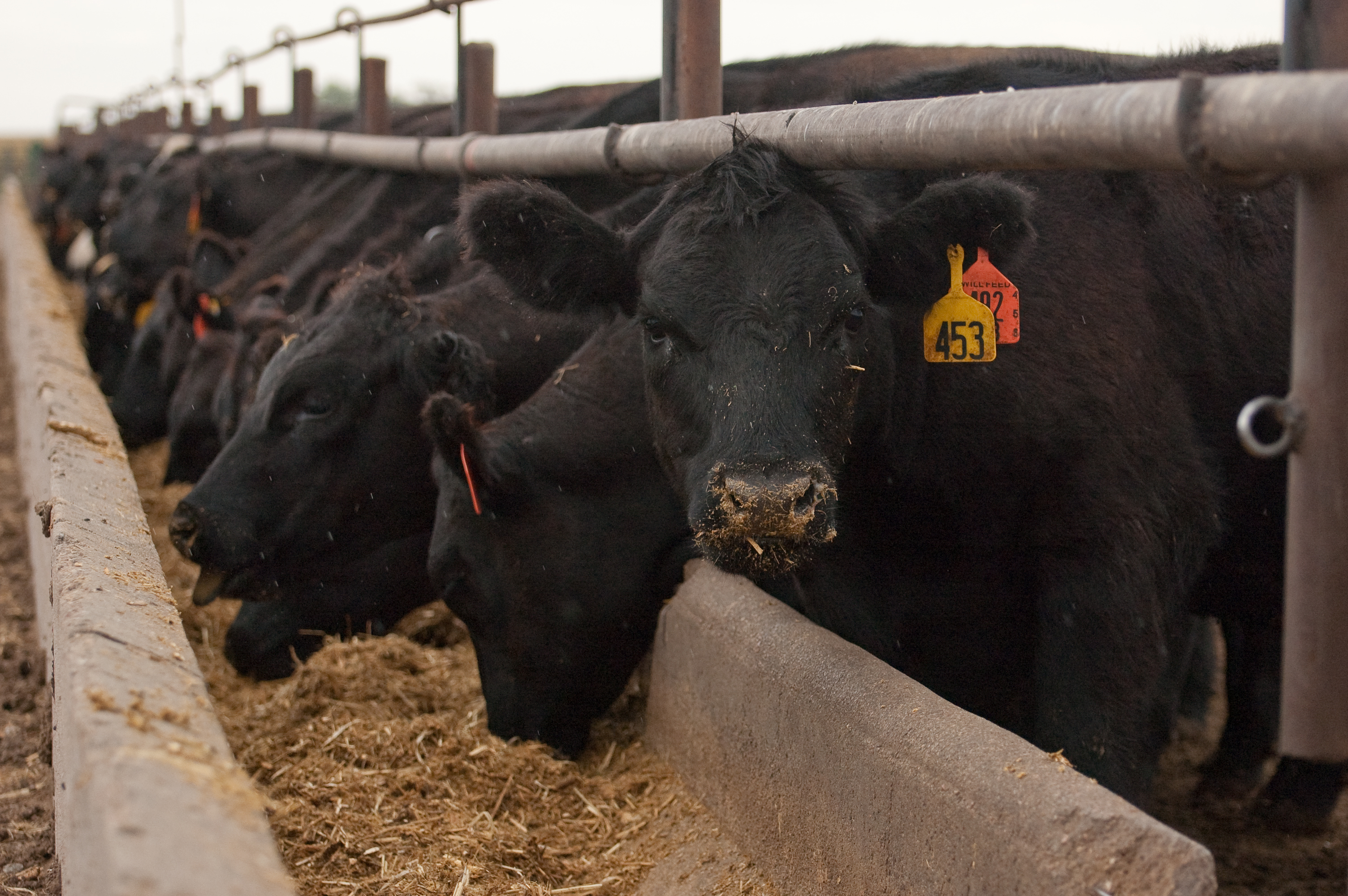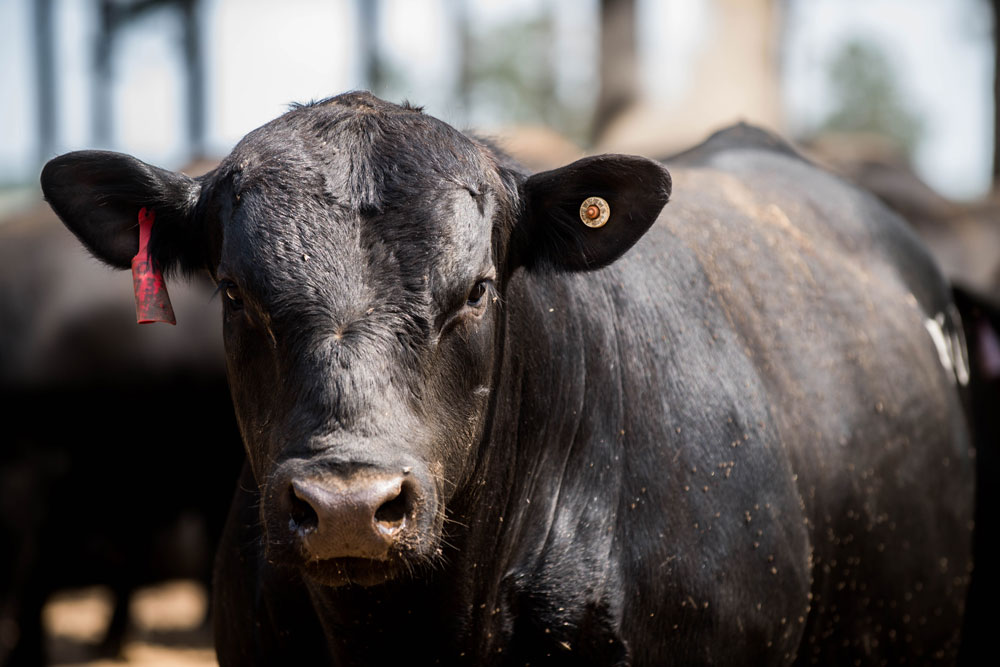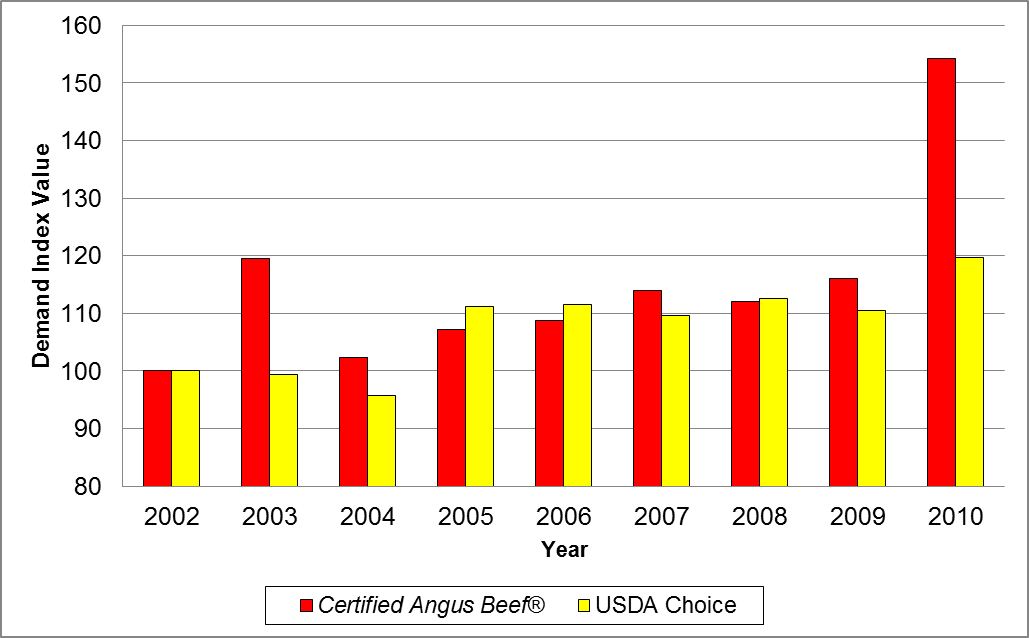
Cattlemen Remain Committed to Quality
Certified Angus Beef closes the 2022 fiscal year on a high note.
by Lindsay Graber Runft
October 18, 2022
With ranchers continuing to produce high-quality beef at notable marks and consumer demand staying strong, Certified Angus Beef closed its books on the second-highest sales year of record.
The brand’s success is a reflection of an entire community pointed toward providing premium beef, starting with steady supply.
“Angus cattlemen and women remain committed to meeting the demand for the best-tasting and best-sourced beef,” says John Stika, president of Certified Angus Beef. “Our diverse, global and growing customer base recognizes the brand’s commitment to quality from the ranch to the plate.”
Certified Angus Beef sold 1.234 billion pounds in 54 countries during the 2022 fiscal year. Up 1.6% percent or 19 million pounds from fiscal 2021, the brand celebrates its seventh year reaching more than a billion pounds sold and set a new record sales month with 113.8 million pounds sold in March 2022.

Demand Supported by Supply
The second-largest supply in the brand’s history, 5.78 million carcasses achieved the brand’s 10 beef quality specifications. The year also marked a record 16.38 million Angus-influenced cattle evaluated for the brand, a 1.7% increase from the previous year.
Cattlemen’s commitment to increasing high-quality beef supply continues to be rewarded through grid premiums.
As reported in March, premiums paid by packers to producers for brand-qualifying cattle totaled $182 million annually or $3.5 million per week.
“While we celebrate the success of the 2022 fiscal year, we are looking ahead to 2023 with a sense of optimism—driven by strong demand for the brand and a sense of realism. We know the challenges facing producers, and ultimately the cattle supply, over the next few years,” Stika says. “Moving forward, we will remain focused on what is within our control – growing demand and supporting ranchers as they push forward in targeting the brand to supply customers the high-quality beef they desire.”
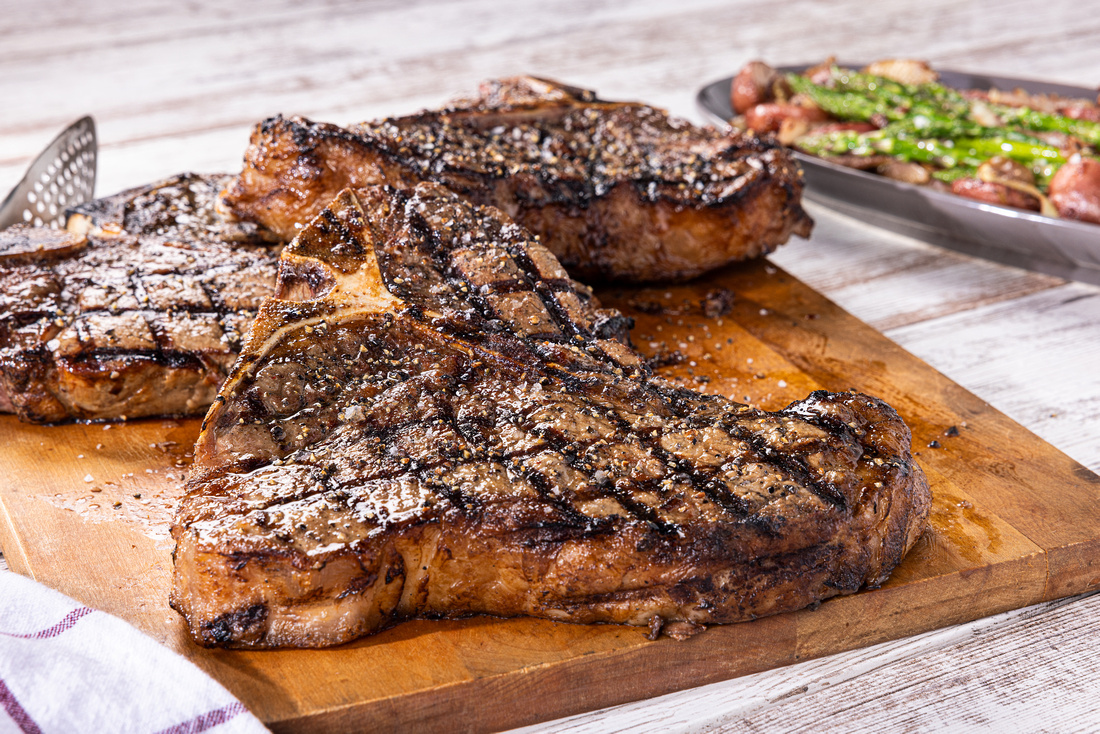
Beef Sales Stay Strong
Consumer spending patterns encouraged a more typical distribution of beef sales for foodservice, retail and international businesses this year.
Restaurant dining elevated foodservice to the brand’s second-best year at 405 million pounds, mirroring the previous year’s double-digit gain.
Following two consecutive years with more than 600 million pounds, grocery store meat departments across the U.S. sold 548.5 million pounds of the Certified Angus Beef ® brand in fiscal 2022.
While U.S. retail dipped slightly, beef sales by global partners grew.
Partners outside of the U.S. increased sales to 178.5 million pounds for the year, with three of the top five markets—Canada, Mexico and Taiwan—growing by more than 24%. To complement international growth in these markets, the Middle East, Central America, Dominican Republic and Qatar each experienced their best year with the brand.
Limits on labor in restaurants and grocery stores, coupled with shoppers seeking prepared and ready-to-cook items, led value-added products to a new annual record. The 40.7 million pounds sold marked a 6.3% increase, with gains in 15 of 23 product categories—especially fully cooked briskets, shaved steak and beef bacon.
These same partners identified opportunities for ground beef, a versatile and less costly item for menus and retail shoppers. Ground beef sales reached a record 261.7 million pounds, 10.7% above 2021.
Certified Angus Beef ® Natural also grew by 7% year over year to 4.7 million pounds.
“The success of the last 44 years hasn’t come by luck or chance for this brand,” says Stika. “It’s been achieved through ranchers’ determination to produce a high-quality product, combined with our partners’ hard work and intentionality to continue to plan, prepare and position themselves and our consumers to be successful.”
You may also like
$100,000 Up for Grabs with 2024 Colvin Scholarships
Certified Angus Beef is offering $100,000 in scholarships for agricultural college students through the 2024 Colvin Scholarship Fund. Aspiring students passionate about agriculture and innovation, who live in the U.S. or Canada, are encouraged to apply before the April 30 deadline. With the Colvin Scholarship Fund honoring Louis M. “Mick” Colvin’s legacy, Certified Angus Beef continues its commitment to cultivating future leaders in the beef industry.
Raised with Respect™ Cattle Care Campaign Launched This Fall
Raised with Respect™ was developed as part of a strategic cattle care partnership between Sysco and CAB. The collaboration focuses on supporting farmers and ranchers, equipping them with continuing education to stay current on best management practices and helping to increase consumer confidence in beef production.
Drought Impact and Cattle Industry Dynamics
As drought conditions persist across much of cattle country, farmers and ranchers are at a pivotal juncture in the cattle industry’s landscape. What impact does this prolonged dry spell have on the nation’s herd numbers? When will heifer retention begin? How will industry dynamics influence the spring bull sale season?









